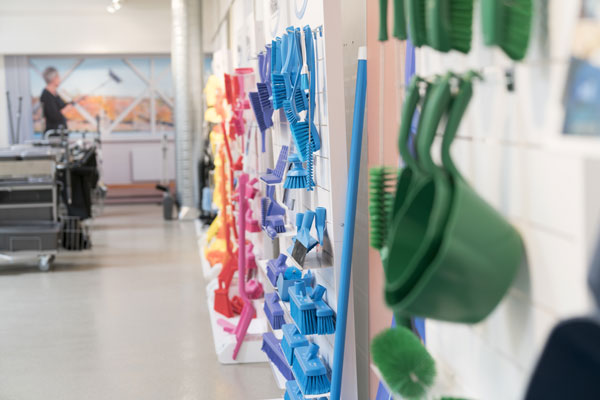
While much focus is placed on the production process itself, the behind-the-scenes hero for safe operations in a food manufacturing facility is often the service and repair team. Keeping equipment running optimally is crucial, and a well-organized service and repair team can significantly impact productivity and reduce downtime.
While Nelson-Jameson has shared the ways color coding can help a food manufacturing facility operate safely in our complete guide to color coding, your maintenance team can also benefit from color coding. By assigning specific colors to different equipment, systems, or maintenance tasks, you create a readily understandable visual language that transcends language barriers and minimizes confusion. Read on to learn more!
Reduced Downtime: When a piece of equipment needs attention, color coding allows technicians to quickly identify the issue and its priority. A glance at a color-coded machine can instantly signal whether it requires immediate action or routine maintenance. This rapid identification minimizes delays and gets production back on track faster.
Improved Communication: Clear color designations eliminate ambiguity and improve communication between operators, maintenance personnel, and management. Everyone understands the status of a machine at a glance, reducing the need for lengthy explanations and minimizing the risk of miscommunication.
Enhanced Safety: Color coding can be used to highlight safety-critical equipment or areas. For example, red might indicate emergency shutdown switches, while yellow could signify areas requiring extra caution. This visual cue helps prevent accidents and promotes a safer working environment.
Simplified Inventory Management: Color coding can extend beyond equipment to tools and spare parts. Designating specific colors for different types of components simplifies inventory management and makes it easier for technicians to locate the parts they need quickly. This reduces search time and streamlines the repair process.
Improved Training: New maintenance personnel can quickly grasp the system with the help of color coding. It provides a visual learning aid that simplifies the training process and reduces the learning curve.
Color coding your food manufacturing facility is an easy way to prevent cross-contamination of allergens and pathogens.

Implementing a successful color coding system requires careful planning and consistent execution. Here are a few tips:
Develop a Standardized System: Establish a clear and consistent color code that is easily understood by everyone in the facility. Document the system and ensure that all personnel are trained on its use.
Keep it Simple: Avoid using too many colors, as this can lead to confusion. Choose a limited palette of colors that are easily distinguishable.
Use Visual Aids: Supplement color coding with labels and signage to reinforce the meaning of each color.
Maintain Consistency: Ensure that the color-coding system is consistently applied throughout the facility. Regularly review and update the system as needed.
Get Employee Buy-in: Involve service and repair personnel and operators in the development and implementation of the color-coding system. Their input is valuable and will help ensure that the system is practical and effective.
"The behind-the-scenes hero for safe operations in a food manufacturing facility is often the service and repair team."
By implementing a well-designed color-coding system, food manufacturers can significantly improve the efficiency and effectiveness of their service and repair operations. This translates to reduced downtime, improved safety, and increased productivity, ultimately contributing to a more profitable and successful business.
Get your no-charge assessment and begin your color coding journey today with Nelson-Jameson!

December 10, 2025
What is OSHA's Regional Emphasis Program (REP) for the food manufacturing industry? The OSHA Regional Em...
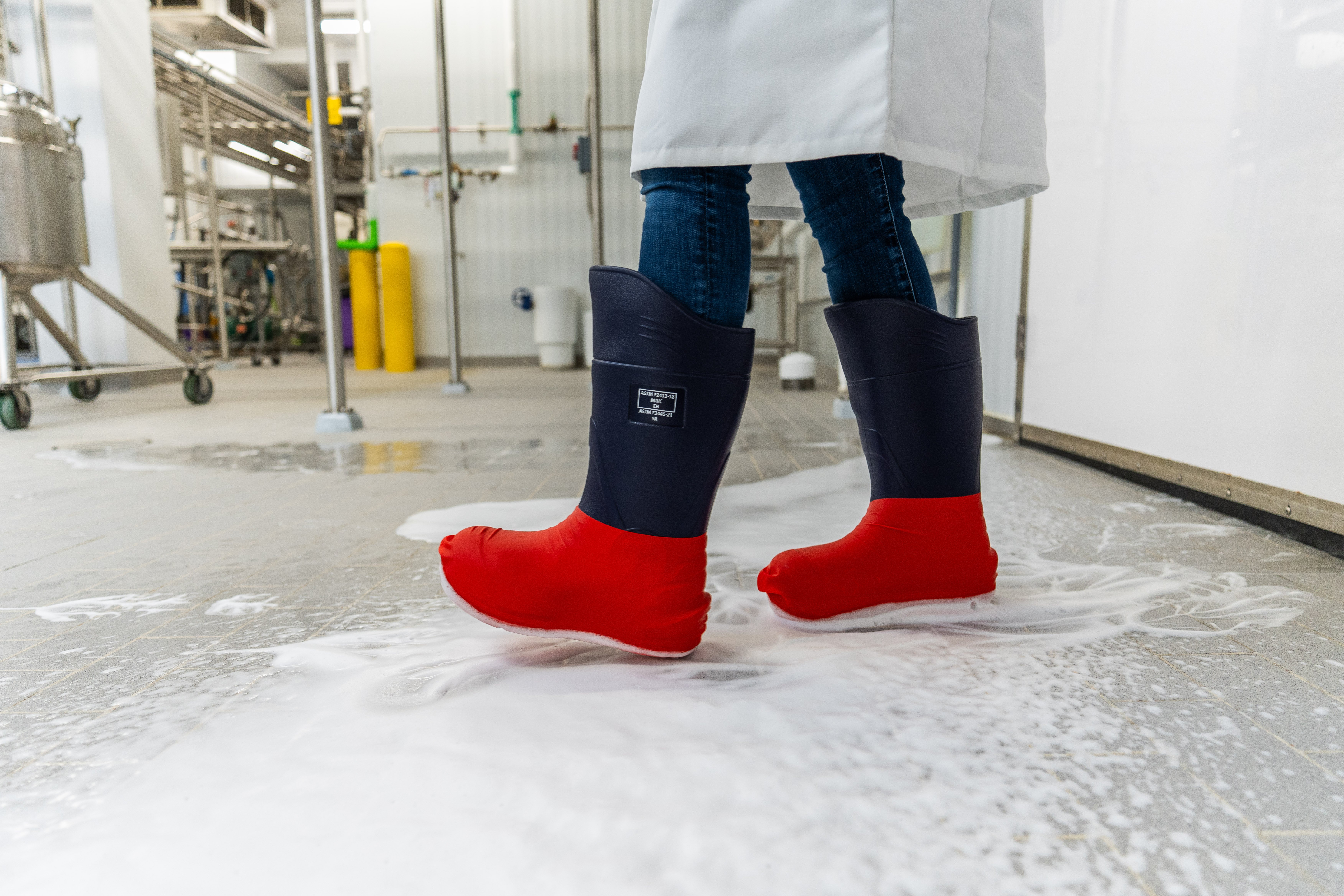
December 8, 2025
There is a fundamental connection between worker safety and food safety: A failure in worker safety can ...
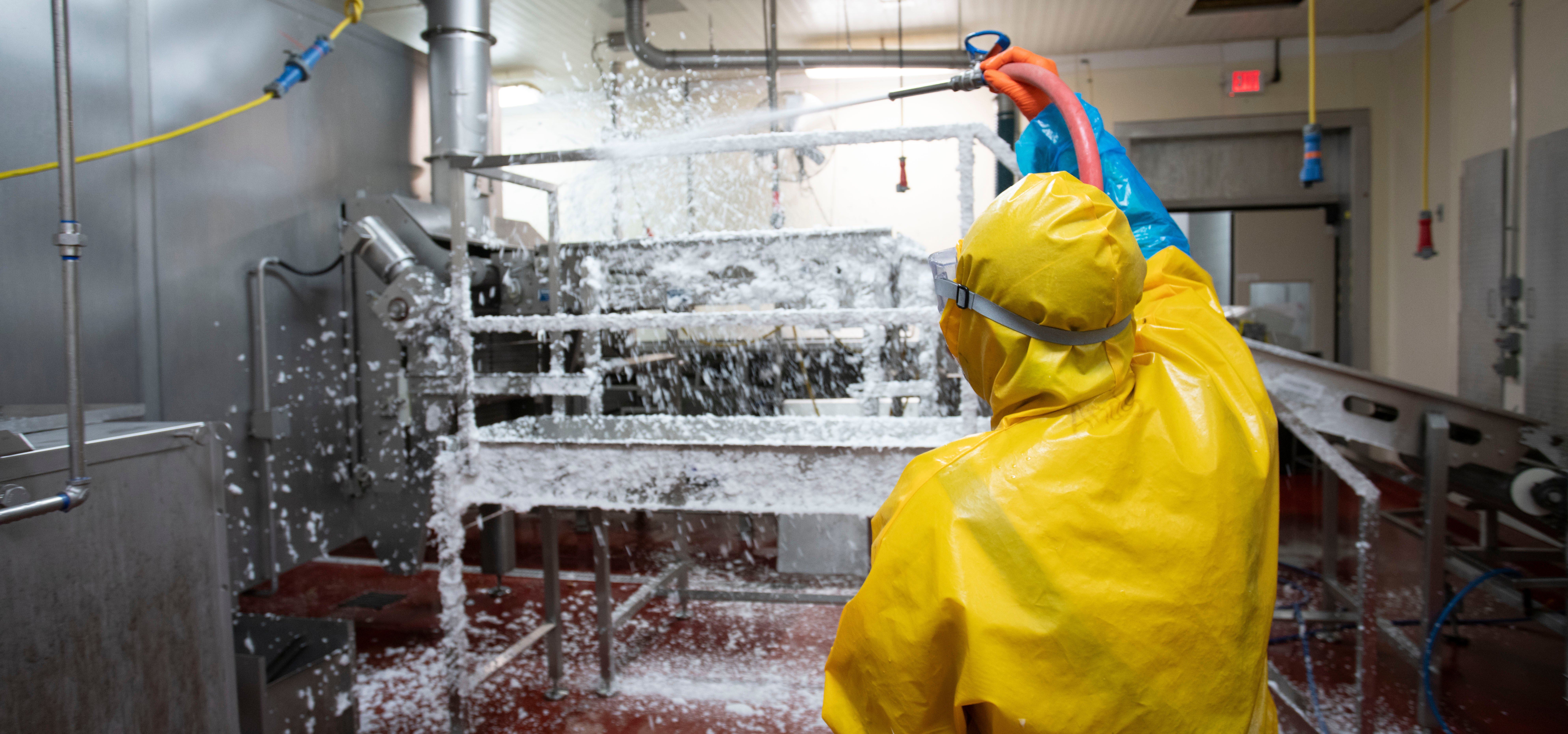
December 1, 2025
Nelson-Jameson understands that efficiency and worker safety are equally important goals in food manufac...
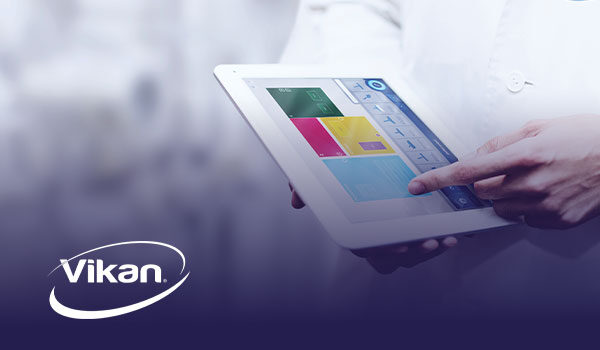
Recognize and address possible hygiene and sanitation challenges based on the cleaning and material handling equipment available in your facility.
Through a discovery call, virtual, or on-site assessment, Vikan SQF Practitioner certified specialists will assist in confirming that your system and cleaning tool inventory aligns with your risk management objectives while pinpointing any missing tools and enhancing maintenance and usage practices. Evaluate whether your existing tools are utilized in the most effective manner, or determine if a more suitable tool exists for the task at hand. Ensure that your tools comply with all relevant standards and regulatory requirements. Site evaluations encompass a summary survey, an overview of the location, a color-coded factory layout plan, product suggestions, a recommended order form, and a proposal for a follow-up survey.
Food Safety, Sanitation, Cleaning Tools, Color Coding
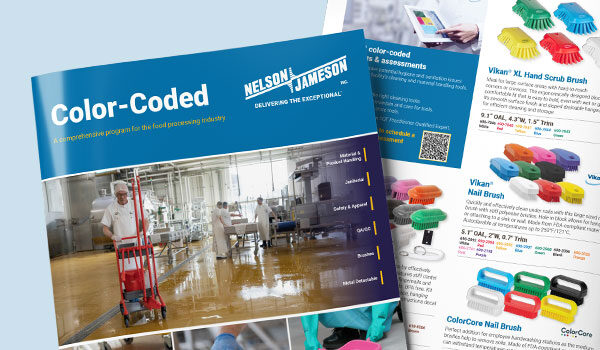
This is a comprehensive program for the food processing industry. Nelson-Jameson brings together the most extensive collection of color-coded products for material handling, product handling, janitorial, safety, apparel, QA/QC, and metal-detectable applications. With the right pieces, a color-coding system is a powerful tool in preventing cross-contamination of allergens and food-borne illnesses that can lead to sickness or expensive product recalls.

Food Safety, Sanitation, Cleaning Tools, Color Coding

With existing and emerging threats, food safety has never been more important to food manufacturers in protecting their consumers and their organization.
Color Coding

Laboratory, Color Coding, Food Safety